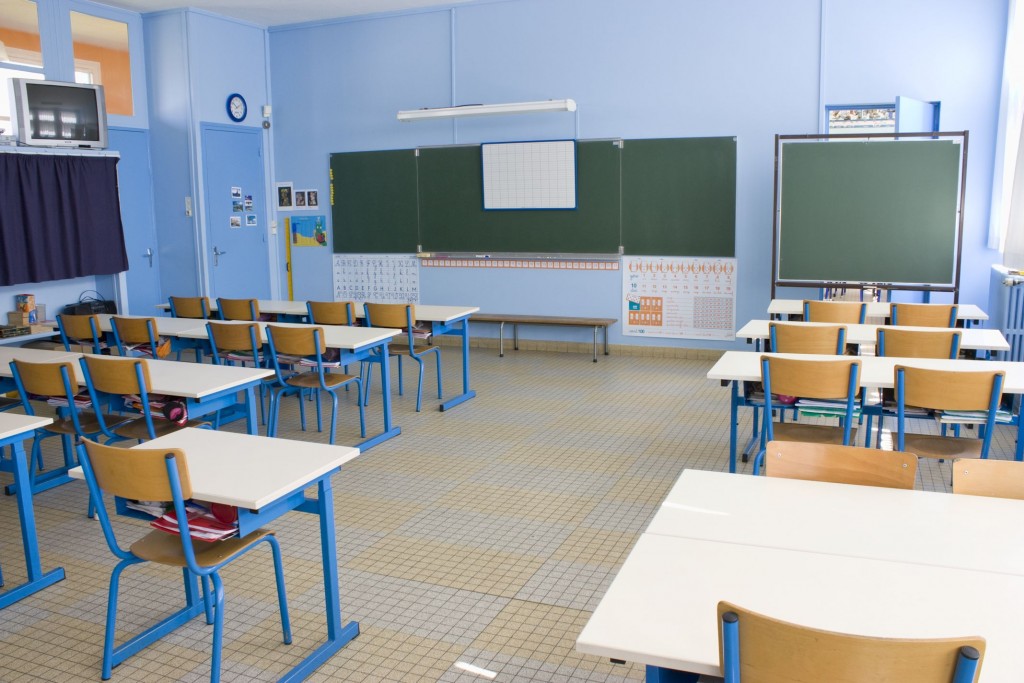 THE VOTES ARE IN, and the code change proposed by BHMA to address classroom locking in the 2018 IBC has been approved as modified by public comment! While the votes are not final until they are certified by the Validation Committee and confirmed by the ICC Board, I can’t wait any longer to share this change. Here’s the text as revised by public comment and approved in the Online Governmental Consensus Vote:
THE VOTES ARE IN, and the code change proposed by BHMA to address classroom locking in the 2018 IBC has been approved as modified by public comment! While the votes are not final until they are certified by the Validation Committee and confirmed by the ICC Board, I can’t wait any longer to share this change. Here’s the text as revised by public comment and approved in the Online Governmental Consensus Vote:
1010.1.4.4 Locking arrangements in educational occupancies. In Group E and Group B educational occupancies, egress doors from classrooms, offices and other occupied rooms shall be permitted to be provided with locking arrangements designed to keep intruders from entering the room where all of the following conditions are met:
- The door shall be capable of being unlocked from outside the room with a key or other approved means.
- The door shall be openable from within the room in accordance with Section 1010.1.9.
- Modifications shall not be made to listed panic hardware, fire door hardware or door closers.
1010.1.4.4.1 Remote operation of locks. Remote operation of locks complying with Section 1010.1.4.4 shall be permitted.
The key points in this code change are:
- This language applies to K-12 schools and also colleges and universities.
- The locking requirements apply to classrooms and also to offices and other occupied rooms.
- If the rooms are lockable, they must be able to be unlocked from the outside.
- Locks are not required, but if locks are used, the doors have to meet the requirements for egress – one operation to unlatch, no key/tool/special knowledge/effort, no tight grasping/pinching/twisting, etc.
- Listed panic hardware, fire door hardware, and door closers may not be modified.
- Remote operation is acceptable if the locks meet the other requirements of this section.
This will help to ensure that security methods do not jeopardize free egress and life safety. Similar language has been proposed for NFPA 101 and the International Fire Code, but those code development cycles are still in progress. We should know more about these proposals in the fall. While it will be a while before these codes are adopted, states could choose to adopt this requirement for classroom locking ahead of their adoption of the complete code. This would go a long way toward establishing a consistent approach to classroom security nationwide.
Share this news with your colleagues by using the Share/Save options near the post title^.
Photo: shutterstock.com/sdecoret
You need to login or register to bookmark/favorite this content.






Sounds like good simple common sense language.
Sounds like what is on the books already, just adds a little clairity.
Really nothing here that changes the Code as it exists. It lets the officials know that the issue of auxiliary devices for this specific purpose was considered.
The change from previous codes is that the door has to be able to be unlocked from the outside, but the clarification that the doors have to meet the current egress requirements was important to include in order to make it clear that emergency locking devices are not excluded from these requirements.
– Lori
That’s the way I read it. I have not seen any movement nationally, since Ohio changed it’s codes through legislation, to allow these devices.This makes it much clearer that the devices are not going to meet code.
Are the people in Ohio screaming “no fair” yet? All of the “knee jerk” and Rube Goldberg devices just went out the window.
Well, technically the 2018 IBC will apply to new buildings and renovations after it is adopted in a jurisdiction, which will be a while. The new language is a step in the right direction, but states can still modify their state code, like Ohio did. Classroom barricade devices don’t comply with the Ohio code as it was written before the legislators got involved, and they don’t comply with the model codes, but somehow people are able to overlook that.
– Lori